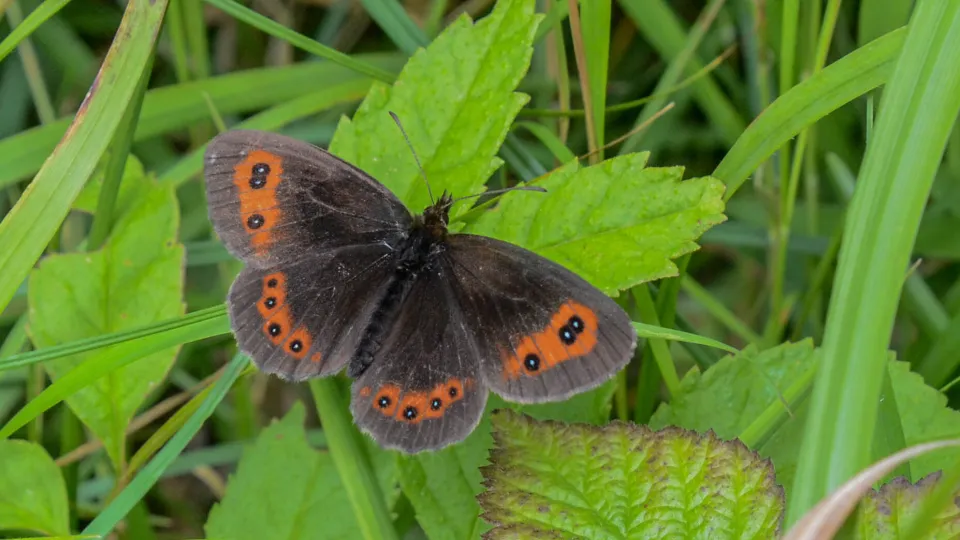
Scotch argus
As the name suggests, this beautiful brown butterfly is most common in Scotland, though it can also be seen in northern England.

As the name suggests, this beautiful brown butterfly is most common in Scotland, though it can also be seen in northern England.
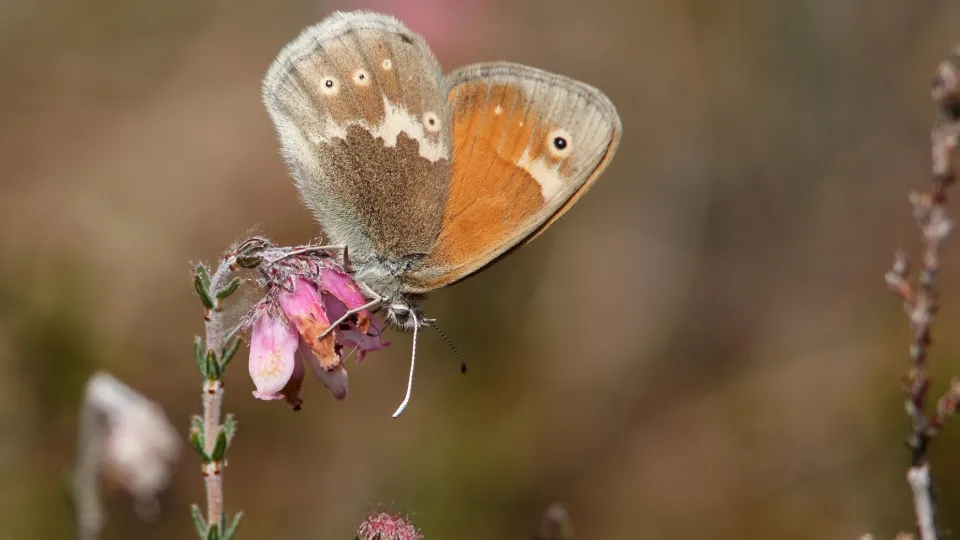
This bog-loving butterfly is mostly found in the north of the UK, where it takes to the wing in summer.
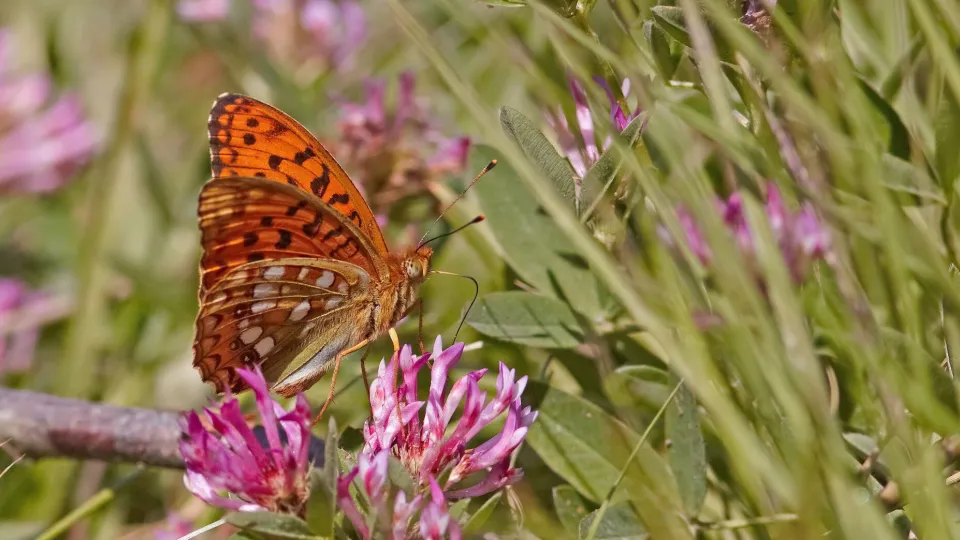
Considered Britain's most threatened butterfly, the high brown fritillary can be only be found in a few areas of England and Wales.

This beautiful butterfly is one of our rarest, now mostly restricted to the western parts of the UK.

The Glanville fritillary can be spotted on warm days around coastal habitats on the Isle of Wight and the Channel Islands, as well as at a few locations in mainland England.

A well-travelled migrant, the painted lady arrives here every summer from Europe and Africa. This beautiful orange-and-black butterfly regularly visits gardens.
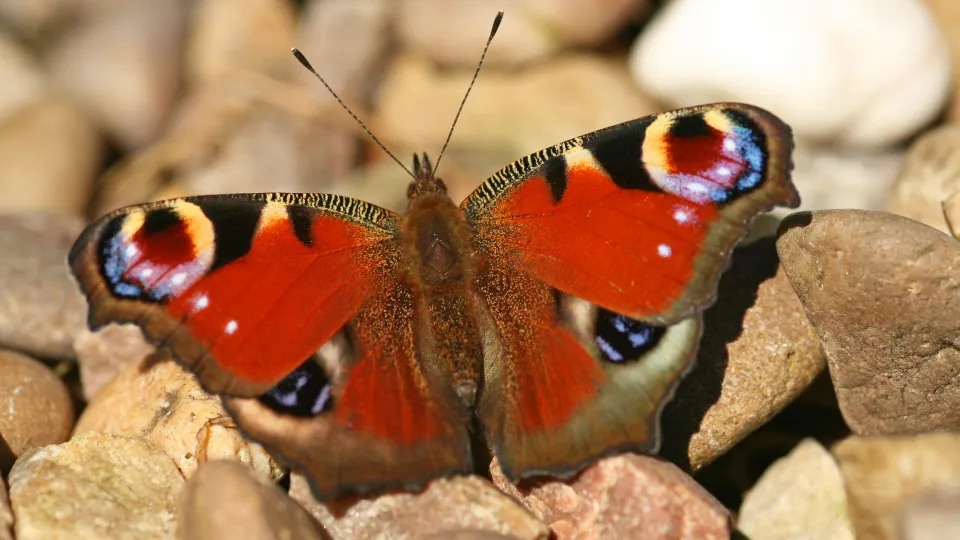
The markings of the peacock are unmistakeable - big, blue 'eyes' just like a peacock's tail feathers. It can be seen feeding on flowers all year-round during warm spells, and overwinters as an adult.
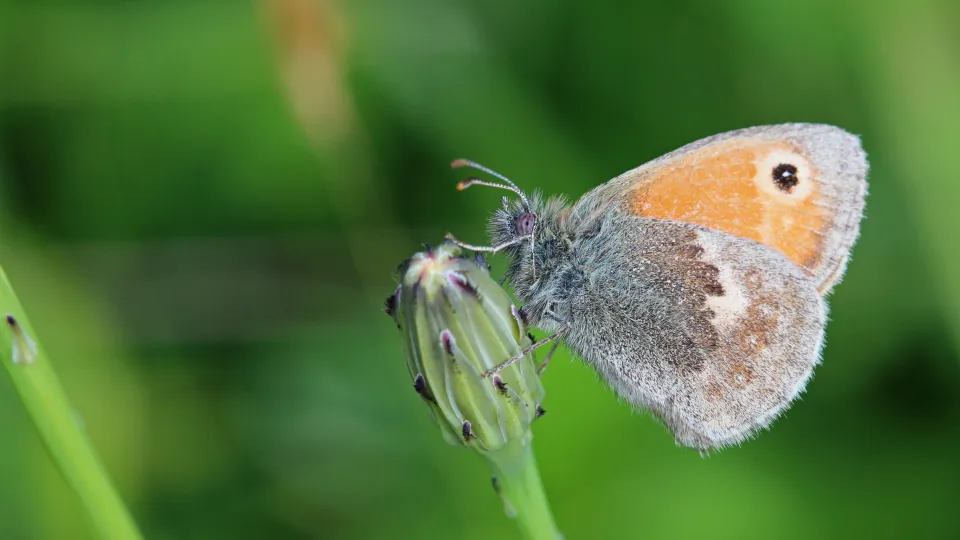
The small heath is the smallest of our brown butterflies and has a fluttering flight. It favours heathlands, as its name suggests, as well as other sunny habitats.
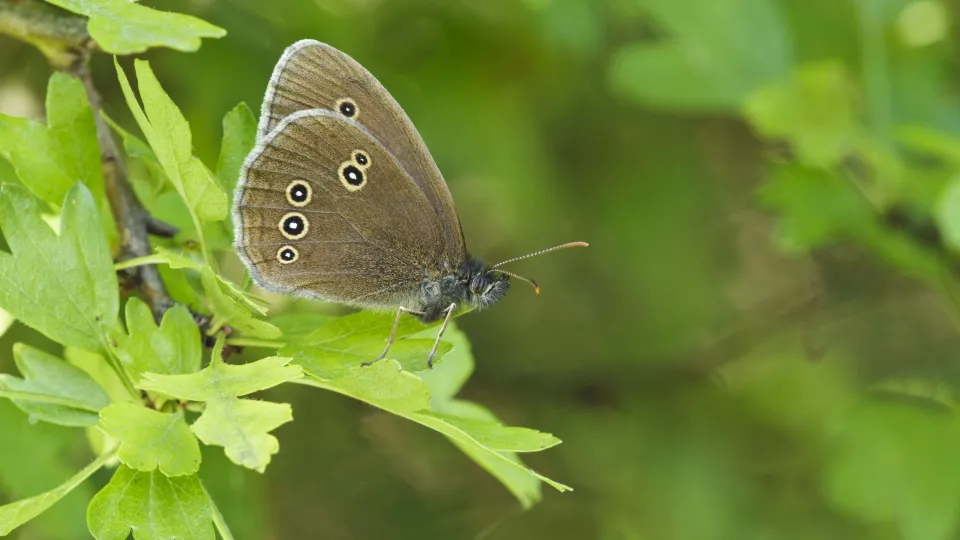
The ringlet gets its name from the small rings on the undersides of its wings. These rings show variation in the different forms of this species, even elongating into a teardrop shape.
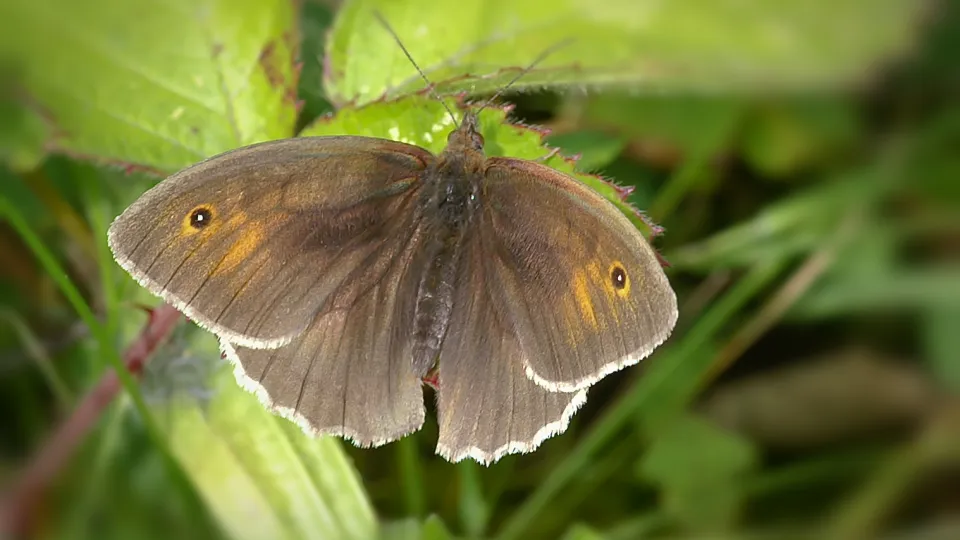
One of our most common butterflies, the meadow brown can be spotted on grasslands, and in gardens and parks, often in large numbers. There are four subspecies of meadow brown.